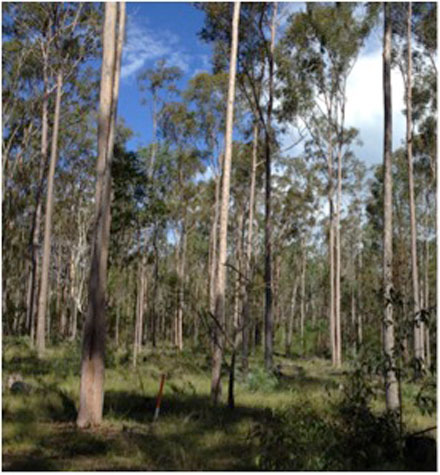
New research has detailed the millions of dollars and thousands of jobs generated by softwood plantations in the NSW South West Slopes and Central Tablelands. Source: Timberbiz
The softwood plantation industry in the South West Slopes contributed $1.05 billion in direct sales in 2015-16, rising to $2.13 billion after including flow-on effects. It directly employed almost 2000 people, roughly two thirds in processing wood and paper, and one third in growing and harvest.
In the Central Tablelands, direct sales accounted for $265 million, rising to $700 million after flow-on effects and directly employed more than 850 people.
These were among the key findings of a new industry snapshot funded by Forest & Wood Products Australia and the NSW State Government, and conducted by the University of Canberra in conjunction with consultancy EconSearch, a division of BDO.
The industry is an important contributor to the economy in several regional communities, and contributes to diversification of the economy in many regions.
The Local Government Areas with the highest dependence on the softwood plantation industry for employment included Oberon in the Central Tablelands, where 18% of the total workforce is directly employed in the forest industry with other workers from nearby areas also commuting in.
ABS Census data shows a decline in total employment in the forest industry between 2006 and 2016, reflecting both increasing productivity in some parts of the industry and overall decline in size of other parts.
However, investment in the expansion of processing in the South West slopes meant that the decline in employment in that area between 2011 and 2016 was 4.3%, compared with a 12.0% decline in the Central Tablelands during the same period.
NSW full-time forest industry workers were less likely than full-time workers employed in other industries in the two regions to earn low levels of income (6% of forest industry workers compared with 12% in the whole workforce), and more likely to earn high income compared with other workers (50% compared with 43%).
While forestry workers were relatively well paid, they also worked long hours, with 27% reporting that they worked more than 49 hours a week in 2016.
Only 15% of forestry workers were women, with little change in this figure between 2006 and 2016.
Forestry businesses in the area reported challenges in recruiting some types of workers, particularly high level managers (an issue for 94% of businesses), transport workers (67%), finance/book keeping staff (62%) and skilled machinery operators (60%).
Lead researcher Associate Professor Jacki Schirmer said that businesses reported that challenges in recent years also rising input costs, poor telecommunications and falling prices for goods and services.
“Most businesses (61%) felt demand would remain the same, and of the remaining businesses (26%) felt that demand would grow and (13%) that demand would reduce over the next 12 months.
“It is important to remember that the majority of forestry jobs are generated by the processing sector, as is the majority of the industry’s flow-on economic impact. This highlights the importance of local processing of wood and fibre for generation of jobs.”
To read the report socio-economic impacts of the softwood plantation industry
South West Slopes and Central Tablelands regions, NSW in full, visit the FWPA website at http://www.fwpa.com.au/
Similar figures recently published relating to the benefits of forestry to the Queensland economy have been updated, and can be viewed on the FWPA website.





